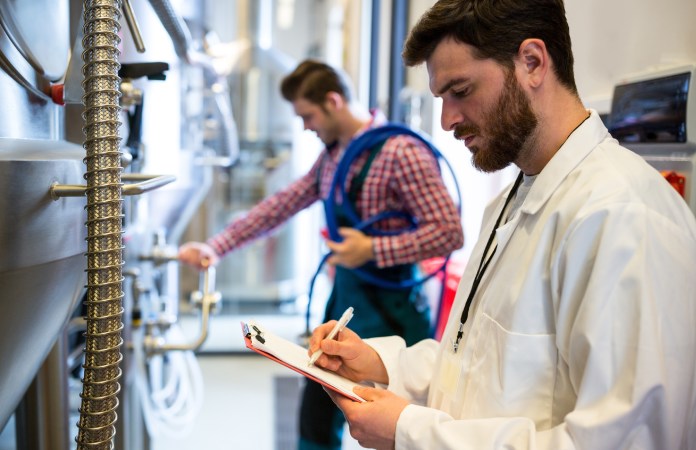Working in a food processing plant can be a dangerous job. There are many potential hazards that can cause serious injury or even death. It’s essential for business owners to understand why it’s so important for employers to prioritize safety in the workplace and how they can go about it.
Assessing Risk
Before diving into ways to optimize safety in the workspace, employers should first conduct a hazard analysis to identify potential risks. Consider what kinds of hazards may be present when certain types of equipment are utilized. Once hazards have been identified, employers can put controls in place to mitigate those risks. Reviewing past accident and injury records along with gathering input from employees will form a basis for the safety program.
Engineering Controls
One of the most effective ways to control risks is to use engineering controls. Engineering controls are physical changes to the workplace that make it safer for employees. For example, installing guardrails on elevated walkways or putting up barriers to prevent employees from coming into contact with moving machinery. Floor maintenance is part of this, so companies in need of dairy brick repair will want to be extra diligent to avoid slip and fall hazards. Small cracks in your flooring could pose a structural threat. Be sure to inspect your company’s flooring regularly to prevent minor damage from becoming more significant over time.
google = window.adsbygoogle || []).push({});
Administrative Controls
Administrative controls are policies and procedures that help to keep employees safe. For example, requiring employees to wear personal protective equipment (PPE) when working in certain areas of the plant. Even food processing plants can have chemicals and other hazards that can be dangerous for employees. Having clear and concise written guidelines for their safe use is crucial to businesses for employee safety, uninterrupted production, and legal protection.
Operational Controls
Operational controls are the procedures that control how work is done in the plant. For example, establishing safe work practices for employees or developing standard operating procedures for different tasks. These procedures go hand-in-hand with administrative controls and address things such as which PPE is required for which tasks. Examples would be when safety harnesses are required, or if a buddy system is necessary for certain jobs.
Training
A key element of a successful safety program is training employees. This includes both initial and ongoing safety training. Initial training should cover topics such as hazard recognition, PPE use, and emergency procedures. Ongoing training should be used to reinforce these concepts and update employees on any changes to safety regulations. Conduct regular safety inspections, identify any hazards that may have been neglected during the initial assessment, and ensure that employees are always trained accordingly.
Ensuring that safety is a priority in the workplace is both an act of care and caution. At the end of the day, every business wants to see its employees finish their shift safely and without costly business interruptions. Paying close attention to the safety precautions we’ve discussed is a step in the right direction.




























































